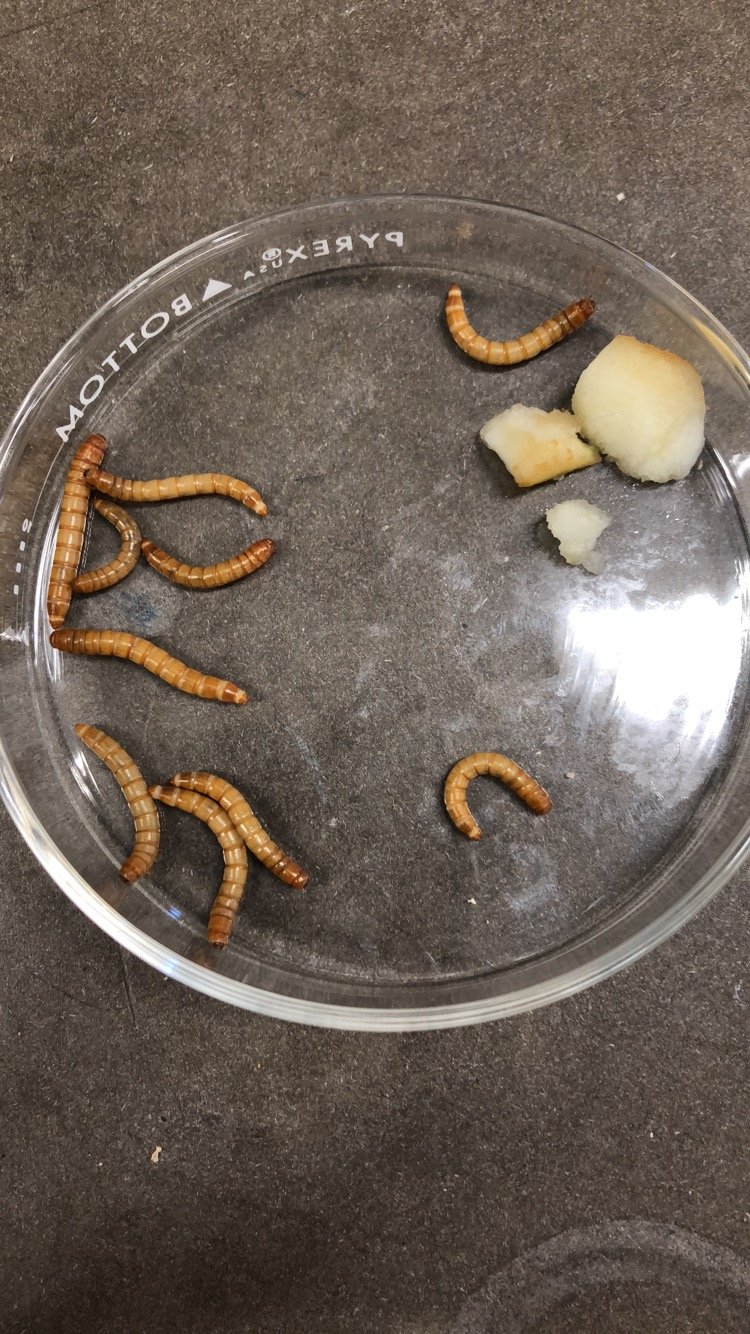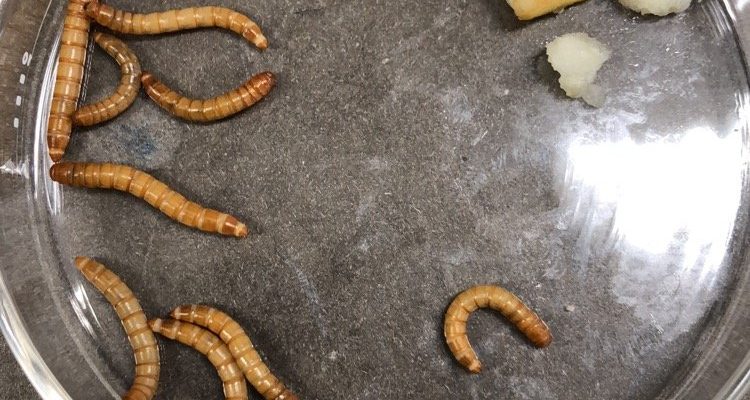
Field cameras are becoming popular tools in the realm of wildlife observation. With brands like Bushnell and Browning leading the way, they offer features that help us capture clear images and videos of our subjects. These cameras can be set up in various locations and operated remotely, which means they’re perfect for busy observers who can’t always be around to witness these tiny creatures in action.
Understanding Mealworm Behavior
Before diving into the specifics of documenting mealworm habits, it’s important to understand a bit about what makes these little guys tick. Mealworms, which are actually the larvae of darkling beetles, are not only interesting to observe, but they also play a significant role in the ecosystem. They’re breaking down organic matter, serving as food for various animals, and even being used in composting.
In a typical day, mealworms are busy munching away at decaying plant material and grains. You might be wondering, “What exactly do they do when I’m not watching?” This is where the magic of field cameras comes into play. By placing a camera near their habitat, we can see them actively eating, moving, and even interacting with one another.
The nuances of their behavior, like how they group together or avoid each other, can reveal a lot about their social structure and environmental needs. Observing these interactions helps researchers and hobbyists alike gain insight into their habits, making it easier to create optimal environments for breeding or study.
Selecting the Right Field Camera
Choosing the right field camera is key to successfully documenting mealworm behavior. You’ll want to consider several factors, such as image quality, battery life, and ease of use. For beginners, cameras from reputable brands like Bushnell or Browning often offer great options with user-friendly interfaces.
When selecting a camera, keep in mind these features:
- Resolution: Higher resolution cameras capture clearer images, perfect for studying details.
- Trigger Speed: A quick trigger speed ensures you don’t miss any action.
- Battery Life: Long-lasting batteries will keep your camera operating for days or weeks, crucial for extended observations.
- Nightsight Options: Infrared options allow you to see mealworm activity even in the dark.
Don’t forget to check if the camera allows for easy syncing with your smartphone. That way, you can review your footage right from your pocket. Honestly, being able to check in effortlessly is a game changer.
Setting Up Your Field Camera
Once you have your camera, it’s time to set it up in a location where your mealworms thrive. Think of it like setting up a stage for a play; you want the right backdrop and lighting to capture the best performance.
Here’s how to get started:
1. Choose a Good Location: Find a spot where mealworms are active. This could be a compost bin, a dark corner of your garden, or a terrarium.
2. Mount the Camera: Secure the camera at the appropriate angle and height. You want it aimed at the area where you expect the most action.
3. Adjust Settings: Before you leave the camera unattended, make sure it’s set to capture both day and night footage if possible. Check the resolution and frame rate—this sets the quality of your recordings.
4. Test It Out: Run a quick test to see if the camera captures the area properly. Adjust as needed to ensure the mealworms are in frame.
By following these steps, you’ll ensure your camera is ready to document all the interesting behaviors of these little critters.
What to Look for When Observing Mealworms
Once your field camera is up and running, the real fun begins! You’ll likely be amazed at the variety of behaviors these creatures display. Here are some key things to pay attention to:
– Feeding Habits: Mealworms are voracious eaters. Watching how they consume food can give you insights into what they prefer and how quickly they can devour a snack.
– Social Interactions: Do they cluster together, or do they prefer solitude? Observing their social habits can help you understand their comfort levels and social hierarchy within groups.
– Movement Patterns: Mealworms can often be seen burrowing or crawling around. Noting how they navigate their environment can provide clues about their habitat preferences and survival strategies.
Remember, it’s not just about the behavior itself; consider the environment as well. Seeing how they interact with their surroundings can help tell a bigger story about their role in the ecosystem.
Reviewing Your Footage
After spending some time observing, it’s time to review the footage. This is where the magic really happens. Pull up your video recordings and look for patterns in their behavior. You might find yourself chuckling at their antics or being impressed by their little feats of determination.
When analyzing your footage:
– Take Notes: Jot down interesting behaviors or patterns that stand out. This can be helpful for later reference, especially if you’re conducting more structured research.
– Look for Trends: Are there particular times of day when they’re more active? Do they prefer certain food types? This can give you valuable information for future observations.
– Compare with Other Studies: If you’re feeling ambitious, compare your findings to existing research on mealworm behavior. See how your observations add to the collective knowledge of these fascinating creatures.
Documenting their behavior can be as rewarding as it is insightful, kind of like piecing together a puzzle about their lives.
Common Challenges and Troubleshooting
As with any project, you’ll likely face a few bumps along the way. Here are some common challenges and how to tackle them:
– Camera Not Triggering: If your camera isn’t capturing any footage, check the batteries and make sure the camera is correctly paired with its settings. Sometimes, it takes a little troubleshooting to get everything synced up.
– Poor Image Quality: If your footage looks blurry, review the resolution settings. Sometimes, a simple reset can clear things up.
– Limited Battery Life: If your camera dies too soon, consider upgrading to rechargeable batteries or look into models that boast longer battery life.
By being aware of these issues, you can troubleshoot effectively and keep your observations rolling smoothly.
Documenting the behavior of mealworms with field cameras opens up a whole new world of understanding and admiration for these often-overlooked creatures. With the right tools and a little patience, you can observe their fascinating life processes up close.
Whether you’re a curious hobbyist or a budding researcher, using field cameras is an engaging way to connect with nature. It’s about more than just collecting footage; it’s a journey into the intricacies of life that’s happening right under our noses. Keep experimenting, stay curious, and soon you’ll be an expert in the wonderful world of mealworms, all thanks to the magic of field cameras.

